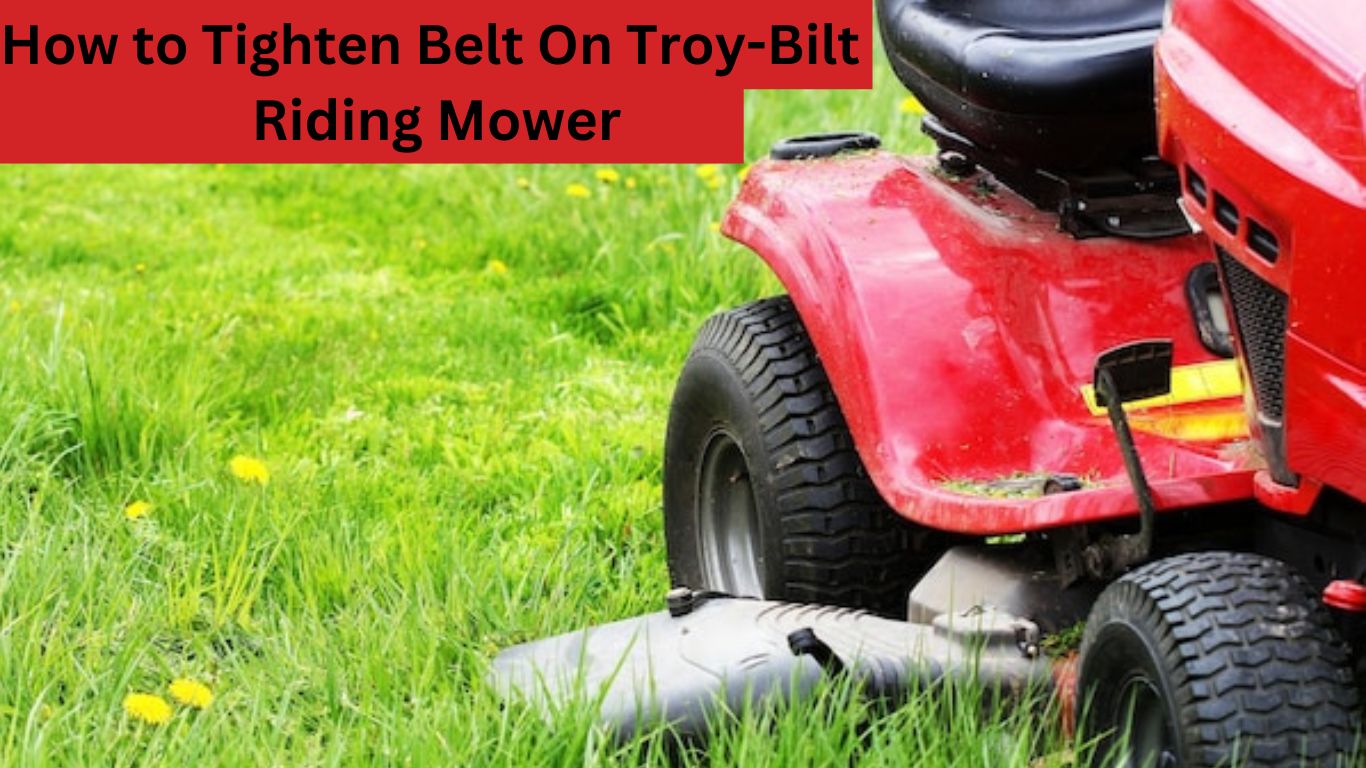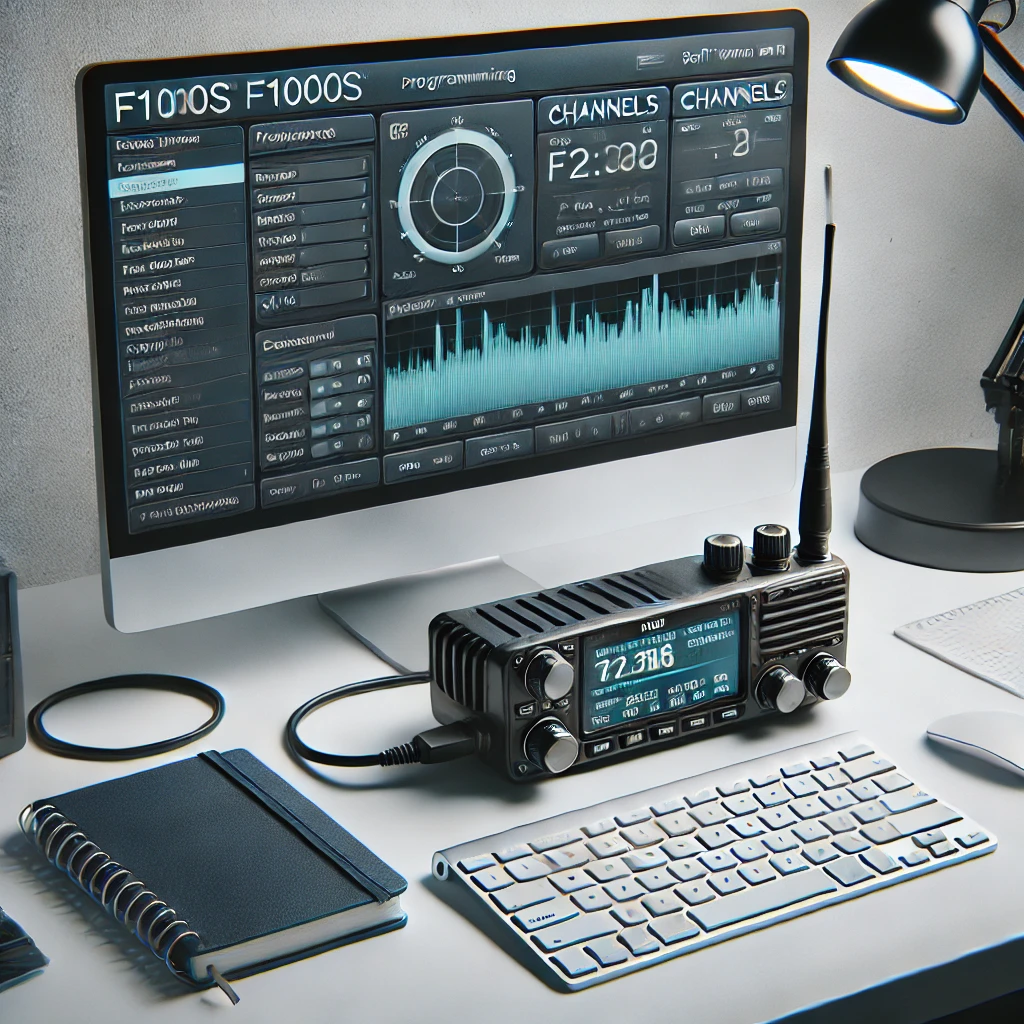Introduction
Maintaining the belt of your Troy-Bilt riding mower is crucial for ensuring optimal performance and extending the lifespan of your equipment. A well-maintained belt ensures smooth operation and efficiency, which are essential for the rigorous demands of lawn care.
This detailed guide will provide step-by-step instructions on How to Properly Tighten the Belt on Your Troy-Bilt Riding Mower, helping you keep your machine in top condition.
Tools Required for Belt Tightening
To perform this maintenance task effectively, you need the right tools. Gather the following items before you begin:
- Socket set: For loosening and tightening various nuts and bolts.
- Screwdriver: Needed for removing covers and accessing the belt area.
- Wrench set: Essential for adjusting the tensioner.
- Protective gloves and eyewear: Safety gear to protect your hands and eyes during the process.
Essential Safety Precautions
Prioritize your safety by adhering to these precautions:
- Power off the mower: Ensure the mower is turned off and the key is removed to prevent accidental starting.
- Stabilize the mower: Perform the maintenance on a flat and stable surface to prevent any movement.
- Disconnect the spark plug: This eliminates the risk of the mower starting unintentionally.
Recognizing Symptoms of a Loose Belt
Identifying a loose belt early can prevent further complications. Look out for these signs:
- Slipping or delayed start when engaging the mower deck.
- Uneven or patchy cutting performance, indicating the belt is not transferring full power.
- Squealing or other unusual noises from the deck area may suggest the belt is slipping.
Access and Inspection of the Belt
Proper access to the belt is necessary to check its condition and make adjustments:
- Elevate the mower deck: Adjust the deck to its highest setting to gain better access.
- Remove the deck cover: Use a screwdriver to take off the cover, exposing the belt and pulleys.
Step-by-Step Belt Tightening
Follow these steps carefully to tighten the belt on your Troy-Bilt riding mower:
- Locate the belt tensioner: This is usually a pulley adjusted by a bolt or lever.
- Adjust the tensioner: Using a wrench, turn the tensioner bolt clockwise to tighten the belt. Ensure that you do not over-tighten, as this could wear out the belt prematurely.
Verifying Proper Belt Tension
After adjusting, it’s crucial to check that the tension is correct:
- Press the belt midway between pulleys: It should depress slightly under pressure. Too much slack or too tight can cause performance issues.
Reassembly and Post-Adjustment Checks
After tightening the belt, you need to reassemble any parts you removed and perform checks to ensure everything is functioning correctly:
- Reattach the deck cover and any other removed components.
- Start the mower to check for any abnormal sounds or vibrations.
- Test the mower’s performance: Ensure it cuts evenly and responds well.
Maintenance Tips to Extend Belt Life
Regular maintenance can significantly extend the life of your mower’s belt:
- Clean the belt and pulleys regularly: Remove debris and dirt that can cause wear.
- Inspect the belt periodically: Look for signs of wear such as cracks or fraying and replace if necessary.
- Keep the belt properly adjusted: This prevents strain on the belt and other mower components.
Troubleshooting Tips for Common Belt Issues
If you continue to experience problems after tightening the belt, consider the following troubleshooting tips:
- Inspect for pulley wear: Worn pulleys can damage the belt and affect its alignment.
- Check for proper belt routing: Incorrect routing can lead to premature wear and poor performance.
- Consult the mower’s manual: Refer to your mower’s manual for specific maintenance tips and troubleshooting steps.
Conclusion
Regular inspection and maintenance of the belt on your Troy-Bilt riding mower are essential for optimal performance. By following the steps outlined in this guide, you can ensure your mower operates smoothly and efficiently.
Remember, taking the time to properly maintain your mower can save you time and money in the long run by preventing more significant issues.
FAQs
- How often should I check the belt tension on my Troy-Bilt riding mower?
It is advisable to check the belt at the start of each mowing season or after every 50 hours of operation. - What are the signs that my mower’s belt needs to be replaced rather than just tightened?
Visible signs of wear such as cracks, thinning, or fraying are clear indicators that the belt needs replacing. - Can improper belt tension affect the overall performance of my mower?
Yes, both overtightening and insufficient tension can lead to poor cutting performance and additional strain on the mower’s engine. - What is the risk of over-tightening the mower’s belt?
Over-tightening can lead to excessive wear and tear on both the belt and the pulleys, potentially resulting in the belt breaking during operation. - Is there a specific type of belt I should use as a replacement?
Always use the belt type and size recommended by Troy-Bilt for your specific model to ensure optimal performance and to avoid any potential warranty issues.
By maintaining your Troy-Bilt riding mower’s belt, you ensure the longevity and reliability of your equipment, keeping your lawn looking its best season after season.
Read more about Troy Bilt Riding Mower











Leave a Reply